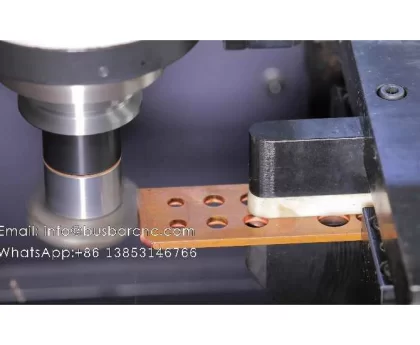The debate over the semiconductor market over the weekend was a storm.
Big V believes that there are ten reasons to be negative about semiconductors in terms of technology and fundamentals. On the contrary, the semiconductors and even the electronics researchers of securities companies are excited. For example, China Merchants Electronics said that “localization logic stimulates the bottom rebound of the plate”, Zhongtai Electronics said that “why do we see more semiconductors? Let’s see the sun shine on the core machine”, and Founder Electronics Chen Hang claimed that “semiconductors have a comprehensive counterattack”, Kaiyuan Securities also said that “we are firmly optimistic about the overall semiconductor sector”
Is the semiconductor market just rebound or the ultimate reversal? This article will further analyze.
01
Domestic substitution
The market is still huge
Preface: The main point of view of Singkong Semiconductor is that the business cycle of the whole industry is going downhill. However, they may not consider:
(1) Driven by emerging technologies, the medium and long-term demand for semiconductors is optimistic, and the global share of domestic chip manufacturing capacity is low.
The semiconductor industry is a cyclical industry as well as a growth industry. Technology upgrading and product innovation directly promote the growth of semiconductor demand. Driven by the strong demand in emerging application fields such as 5G, the Internet of Things, smart cars, cloud computing, big data, medical electronics and security electronics, the demand for semiconductors in the medium and long term is optimistic. SUMCO expects that the compound growth rate of global demand for 12-inch wafers will reach 10.2% in 2021-2025;
(2) The increase of localization rate is the core growth logic of current equipment, and the nonlinear acceleration of share brings high growth. The growth attribute of domestic semiconductor equipment industry is safe. On the whole, the sub-leading manufacturers have achieved initial introduction, and the technology level/process coverage is expected to increase rapidly, complete the transformation from 0 to 1 to 1 to N, and is expected to accelerate the release.
The overall localization rate of semiconductor equipment is only about 10%, which is roughly divided into three echelons. The first echelon is mostly in the field of localization, mainly in the field of degumming equipment; The second tier is a small part of the localization field, mainly including cleaning equipment, CMP equipment, etching equipment, and the localization rate is between 10% and 20%; The third echelon is the earliest application field in China, mainly including film deposition equipment, ion implantation equipment, coating and development equipment, etc.
From the contractual liabilities and inventory of domestic semiconductor equipment manufacturers, domestic semiconductor equipment manufacturers have a large number of orders in hand, and the logic of share growth will continue to be fulfilled. At present, the net interest rate of domestic manufacturers is low, mainly because the enterprises are in the initial stage, and the R&D investment is large. With the expansion of the business scale, the scale effect gradually appears, the profitability is expected to further improve, and the performance elasticity is further released.
02
Semiconductor investment
More need to return to rationality
Semiconductor should not do it with the idea of overtaking in a curve. Liang Mengsong, the co-CEO of SMIC International, has long known this clearly. Last year, Liang Mengsong said that he understood that everyone had great expectations for SMIC, but there was no curve overtaking and leaping forward in the IC industry itself. They will continue to improve their core competitiveness step by step in the future.
From Liang Mengsong’s words, we can see that Liang Mengsong’s meaning is very simple, that is, SMIC does not intend to go to the corner to overtake, but chooses to grasp the core technology step by step to improve its competitiveness. From this point of view, China’s semiconductor industry chain is probably a long way to go, rather than a short-term market can be achieved overnight.
The recent upsurge of CHIPLET concept is not a new concept. CHIPLET (pellet) mode is one of the development directions of semiconductor technology under the slowing down of Moore’s law. This scheme realizes the curve overtaking of the advanced process iteration through the advanced packaging of multiple bare chips. Compared with the traditional SoC scheme, CHIPLET mode has three advantages: design flexibility, low cost and short listing cycle.
Like all new technologies, Chiplet also faces many challenges, because the interconnection interfaces and protocols between dies produced by different architectures and manufacturers are very different. Designers must consider many complex factors, such as process, packaging technology, system integration, expansion, and so on. At the same time, it also needs to meet the requirements of different fields and different scenarios for information transmission speed and power consumption, which makes the design of chiplet very difficult. Chiplet is neither a good medicine to save the market nor a panacea. It is just an idea for the development of science and technology. To put this idea into practice, we need to be down-to-earth and work hard.
Orient Securities believes that the barriers in the field of semiconductor equipment are high, the market prospect is broad, and the performance of local manufacturers is high under the trend of domestic substitution, and the long-term growth attribute is prominent.

